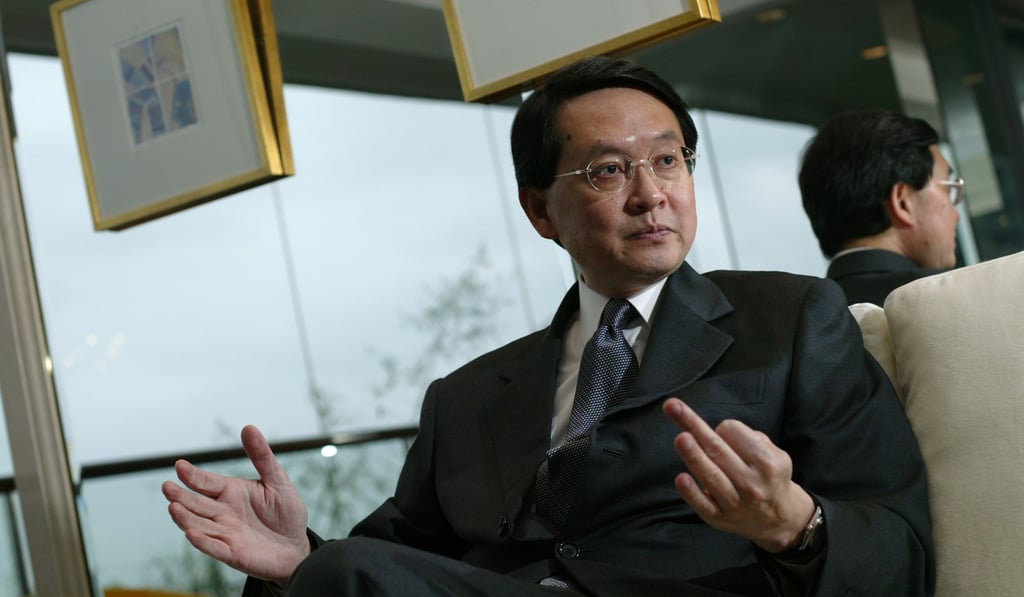Property executive who has sold US$14 billion worth of homes over the past 20 years now has a plan to solve Hong Kong’s housing crisis
- Robert Lee Chi-hong’s plan calls for the Hong Kong government to allocate 1 per cent of its green belt to build a satellite town of 500,000 affordable homes quickly.

Robert Lee Chi-hong has sold nearly 12,000 houses valued at around US$14 billion over the past 22 years. But now he wants to build public housing.
He started off as a right-hand man to Singaporean tycoon Robert Ng Chee Siong, chairman of Sino Land and later on moved to Pacific Century Premium Developments (PCPD), controlled by Richard Li Tzar-kai, the youngest son of the city’s richest man Li Ka-shing.
“I have been involved in building numerous beautiful homes throughout my career,” said Lee, who in May retired as chief executive and deputy chairman of PCPD and was then named non-executive chairman.
Lee joined PCPD in 2004 after six years as an executive director at Sino Land. At PCPD he was heavily involved in the design of the luxury Bel-Air residential development at Cyberport.

Lee has mooted an innovative proposal in his individual capacity which, he believes, can quickly solve the city’s housing crisis.